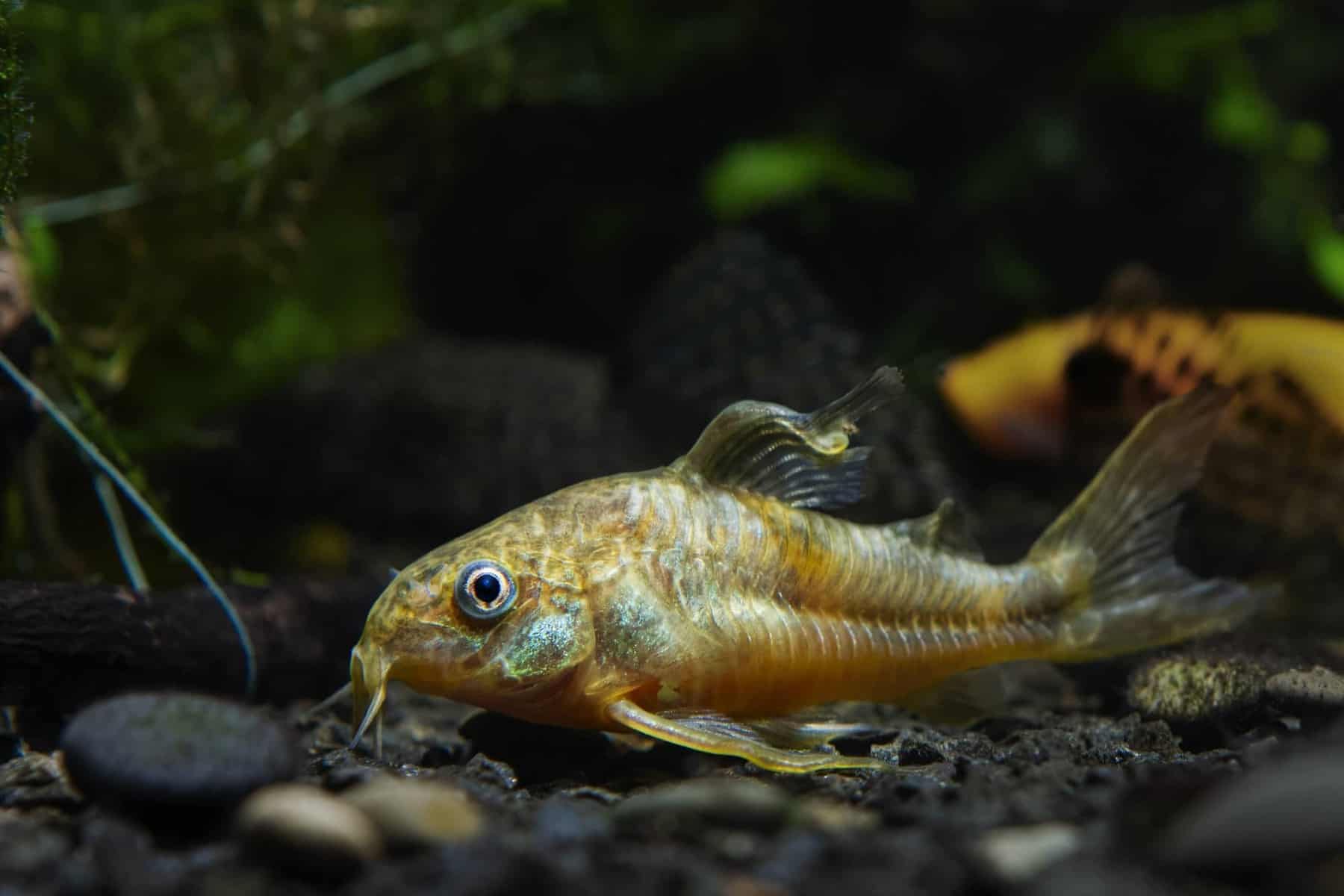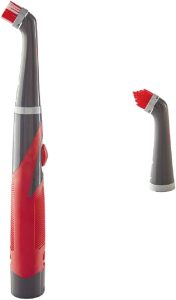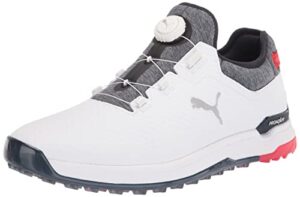Contents
Looking to add some bottom feeder fish to your freshwater aquarium? Look no further! This article presents the top 5 bottom feeder fish for freshwater aquariums. Whether you’re a beginner or an experienced fishkeeper, these fish are not only efficient cleaners but also add a unique and delightful touch to your aquarium. From the feisty Corydoras catfish to the charming Bristlenose Plecos, this list covers a variety of bottom dwellers that will enhance the biodiversity and cleanliness of your tank. So, grab your net and get ready to meet the champions of the tank’s lower depths!
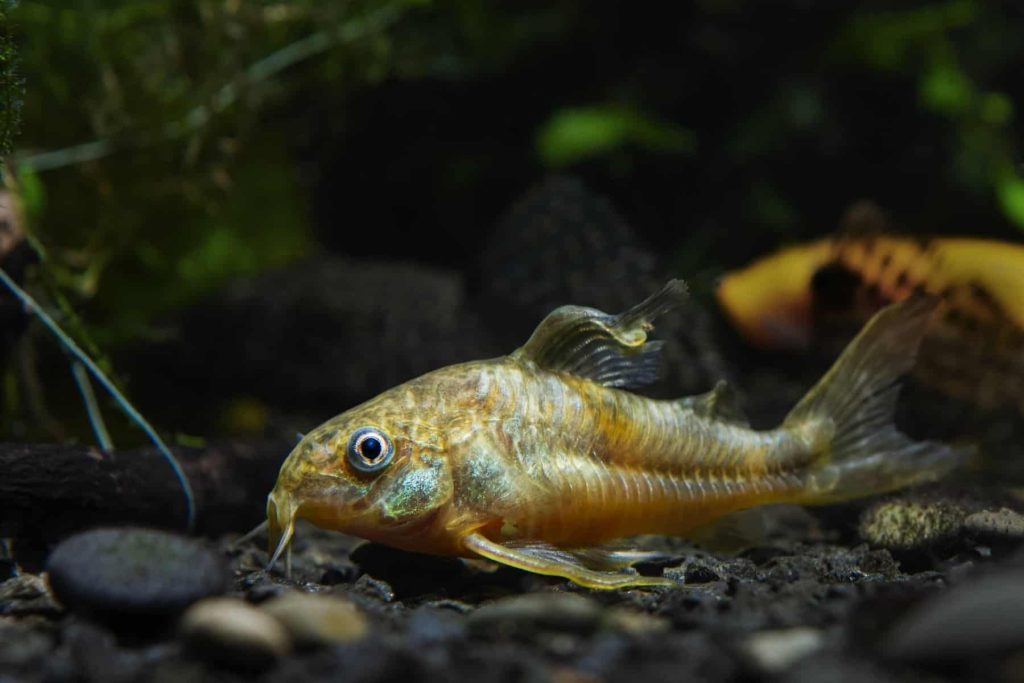
Introduction
If you’re an aquarium enthusiast, you know the importance of creating a balanced ecosystem within your tank. One crucial component of this ecosystem is bottom feeder fish. These unique species play a vital role in maintaining the cleanliness and overall health of your freshwater aquarium. In this article, we will explore what bottom feeder fish are, why they are important, and provide recommendations for the top five species to consider for your own aquarium.
1. What are bottom feeder fish?
1.1 Definition
Bottom feeder fish, as the name suggests, are fish species that primarily dwell and search for food at the bottom of the aquarium. These fish have adapted to have specialized mouths and bodies that allow them to scavenge for uneaten food, decaying plant matter, and other debris that accumulates at the tank’s bottom.
1.2 Importance in freshwater aquariums
Having bottom feeder fish in your freshwater aquarium is essential for maintaining a clean and healthy environment for your other fish. They act as nature’s clean-up crew, helping to keep the tank free from excess waste and debris. By consuming leftover food and detritus, they prevent the accumulation of harmful substances, such as ammonia, nitrate, and nitrite, which can be detrimental to the overall well-being of your aquatic pets.
1.3 Benefits for the aquarium ecosystem
In addition to their cleaning duties, bottom feeder fish also contribute to the overall balance of your aquarium ecosystem. They help to break down organic matter, which aids in the natural cycling of nutrients within the tank. These fish also play a role in algae control, as they consume algae growth on the tank’s bottom and other surfaces. By keeping algae in check, bottom feeder fish help maintain water clarity and prevent unsightly green scum from taking over your aquarium.
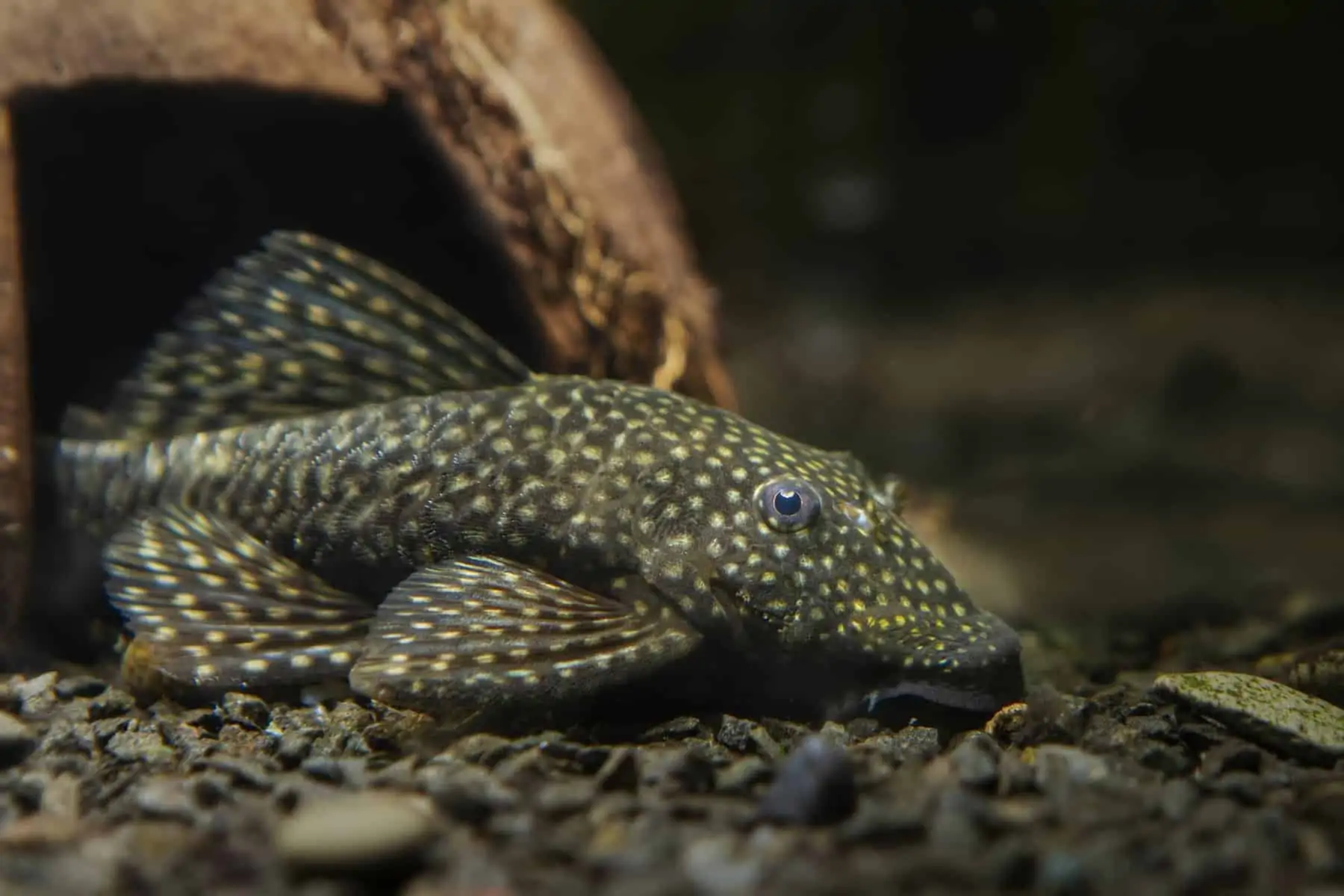
2. Considerations before choosing bottom feeder fish
Before you rush out to purchase bottom feeder fish for your freshwater aquarium, there are several important factors to consider to ensure their compatibility and well-being in your tank.
2.1 Tank size and compatibility
First and foremost, you need to evaluate the size of your aquarium and ensure it can adequately accommodate bottom feeder fish. Different species have different space requirements, so it’s crucial to research the adult size of the fish you’re interested in. Additionally, consider the compatibility of the bottom feeder fish with your existing fish community. Some bottom feeders may be territorial or aggressive towards other species, so choose ones that will peacefully coexist with your current fish.
2.2 Water parameters
Each species of bottom feeder fish has specific water parameter requirements, such as temperature, pH level, and water hardness. It’s essential to match these requirements to maintain the overall health and well-being of your bottom feeder fish. Make sure to research and understand the specific needs of the species you intend to keep and ensure that your aquarium’s water parameters are within the appropriate range.
2.3 Feeding habits and diet
Understanding the feeding habits and diet of bottom feeder fish is crucial to ensure their nutritional needs are met. While they primarily scavenge for food at the bottom of the tank, it’s important to supplement their diet with specialized sinking pellets or wafers to provide balanced nutrition. Some bottom feeder fish also enjoy consuming small invertebrates or algae, so be sure to cater to their specific dietary preferences.
2.4 Maintenance requirements
Before adding bottom feeder fish to your aquarium, consider the maintenance requirements they may have. Some species, such as plecos, may contribute large amounts of waste to the tank, requiring more frequent water changes and filtration maintenance. Additionally, certain bottom feeder fish may require specific tank decor, such as driftwood or caves, to create suitable hiding spots and structures for them.
2.5 Compatibility with other fish
Lastly, ensure that the bottom feeder fish you choose are compatible with your other fish species in terms of temperament, size, and activity level. Avoid keeping bottom feeders with aggressive or fin-nipping species that may cause stress or harm to them. Research the social behaviors and compatibility of each species beforehand to promote harmony within your aquarium community.
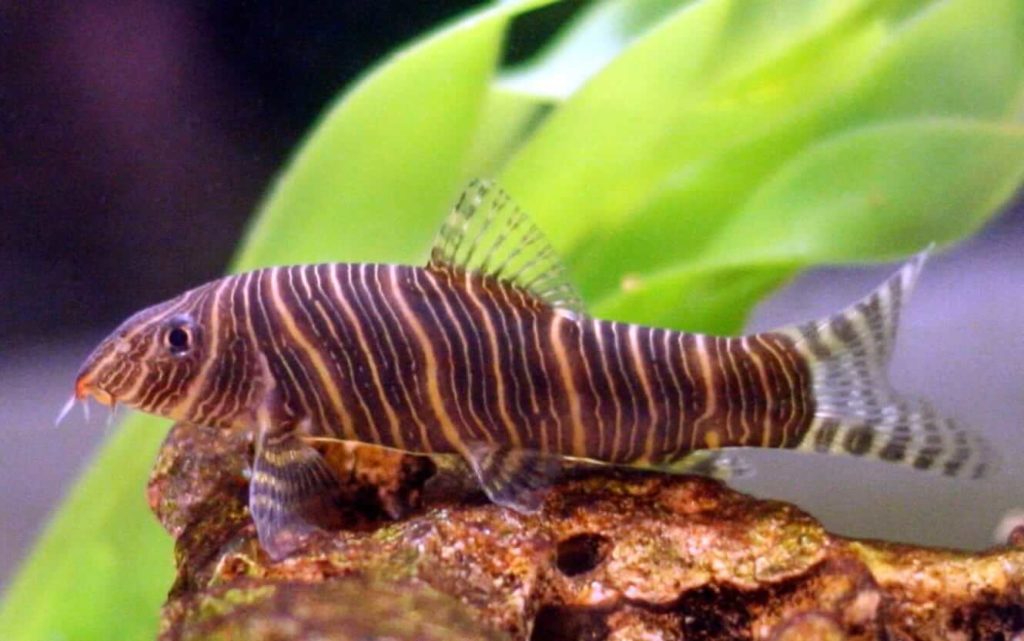
3. Top 5 bottom feeder fish for freshwater aquariums
Now that you understand the importance of bottom feeder fish and the considerations involved in owning them, let’s explore the top five species that are ideal for freshwater aquariums.
3.1 Corydoras Catfish
Corydoras Catfish are popular bottom feeder fish known for their peaceful nature and small size. They are easy to care for and make an excellent addition to community tanks. Corydoras Catfish have a unique feature called “barbels” – sensory organs around their mouths – that help them scavenge efficiently at the bottom of the tank. They are social fish and should be kept in groups of at least six individuals. These catfish enjoy a diet of sinking pellets, live or frozen foods, and vegetable matter.
3.2 Bristlenose Pleco
Bristlenose Plecos are fascinating bottom feeders that are renowned for their ability to control algae growth in the aquarium. They have a unique appearance, with fleshy tentacles or “bristles” on their snouts. Bristlenose Plecos are relatively small, making them suitable for many aquarium sizes. They primarily feed on algae but also require supplemental sinking pellets or wafers to ensure a balanced diet. These fish are generally peaceful and can coexist with a variety of other species.
3.3 Otocinclus Catfish
Otocinclus Catfish, also known as “Otos,” are beloved for their diminutive size and their preference for consuming algae. These tiny bottom feeders are excellent for aquariums with plant-heavy setups as they diligently graze on algae, helping to prevent its excessive growth. Otocinclus Catfish are peaceful and prefer to be in groups, so adding multiple individuals to the tank is recommended. Their diet can be supplemented with specialized sinking pellets or wafers.
3.4 Siamese Algae Eater
The Siamese Algae Eater is another fantastic choice for controlling algae in your freshwater aquarium. These bottom feeders have a voracious appetite for different types of algae, making them highly effective at keeping your tank clean and algae-free. Siamese Algae Eaters are generally peaceful, but they can become territorial towards their own kind. It’s essential to provide ample hiding spots and open swimming areas for these fish. Along with algae, they should be offered sinking pellets or wafers to ensure a well-rounded diet.
3.5 Chinese Algae Eater
Chinese Algae Eaters are often sought after for their algae-eating capabilities, specifically targeting black brush algae. However, it’s important to note that they can become less effective at algae control as they mature and may develop more aggressive tendencies. They should not be kept with slow-moving or long-finned tankmates, as they may nip at their fins. Chinese Algae Eaters are compatible with fast and active fish species and can be supplemented with sinking pellets or wafers.
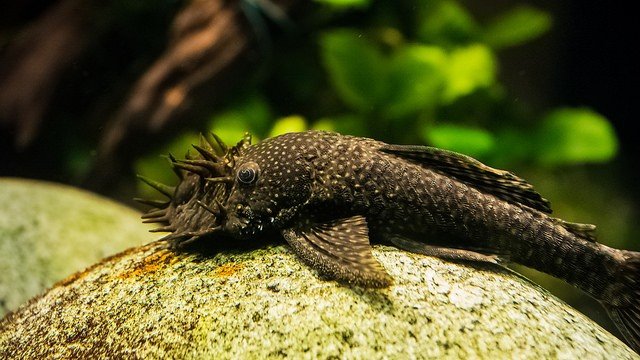
4. 3 Tips for successfully keeping bottom feeder fish
Now that you have selected your preferred bottom feeder fish species, here are three essential tips to ensure their successful integration and care in your freshwater aquarium.
4.1 Providing adequate hiding spots
Bottom feeder fish generally prefer having hiding spots in the aquarium to retreat to when they feel threatened or stressed. Incorporate driftwood, caves, rocks, or even live plants to create suitable hiding places. These hiding spots not only provide security but also mimic the natural environment of the fish, promoting their overall well-being.
4.2 Creating suitable feeding opportunities
While bottom feeder fish scavenge for food at the bottom of the tank, it’s crucial to create suitable feeding opportunities for them. Use sinking pellets or wafers specifically designed for bottom feeders. Some species may also require supplemental live or frozen foods, such as bloodworms or brine shrimp, to ensure their nutritional needs are met. Observe their feeding behavior to gauge the appropriate amount of food needed without overfeeding.
4.3 Regular tank maintenance
To ensure the health and longevity of your bottom feeder fish, regular tank maintenance is vital. Perform routine water changes to maintain optimal water quality and stability. Clean the substrate regularly to remove excess waste and debris. Monitor the growth of algae and remove any excessive amounts manually to prevent it from taking over the tank. Regular maintenance will help create a clean and thriving environment for your bottom feeder fish and the rest of your aquarium community.
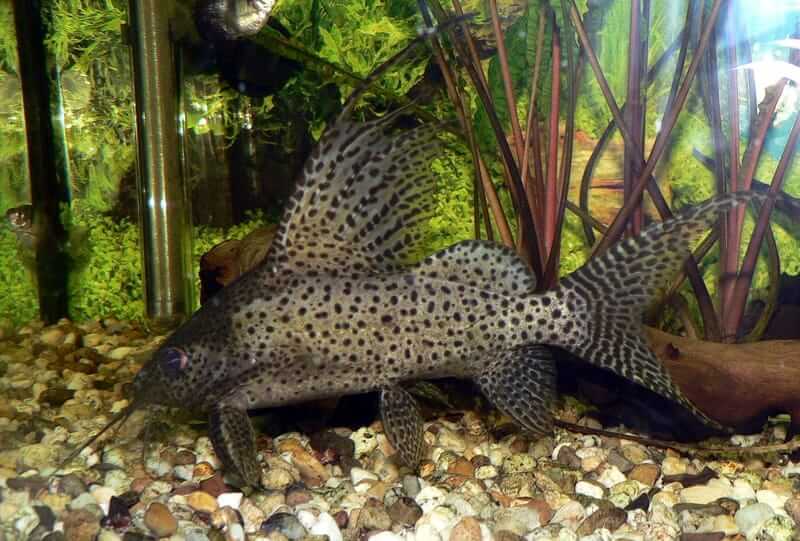
5. Conclusion
In conclusion, bottom feeder fish play a significant role in maintaining the cleanliness and overall health of your freshwater aquarium. By choosing suitable species and providing them with appropriate care, you can create a well-balanced ecosystem that benefits both the fish and the aesthetic appeal of your tank. Consider the tank size, water parameters, feeding habits, maintenance requirements, and compatibility with other fish before selecting your bottom feeder fish. With proper research and attention, you can enjoy the benefits of a clean and vibrant aquarium enhanced by the presence of these valuable bottom feeders.

